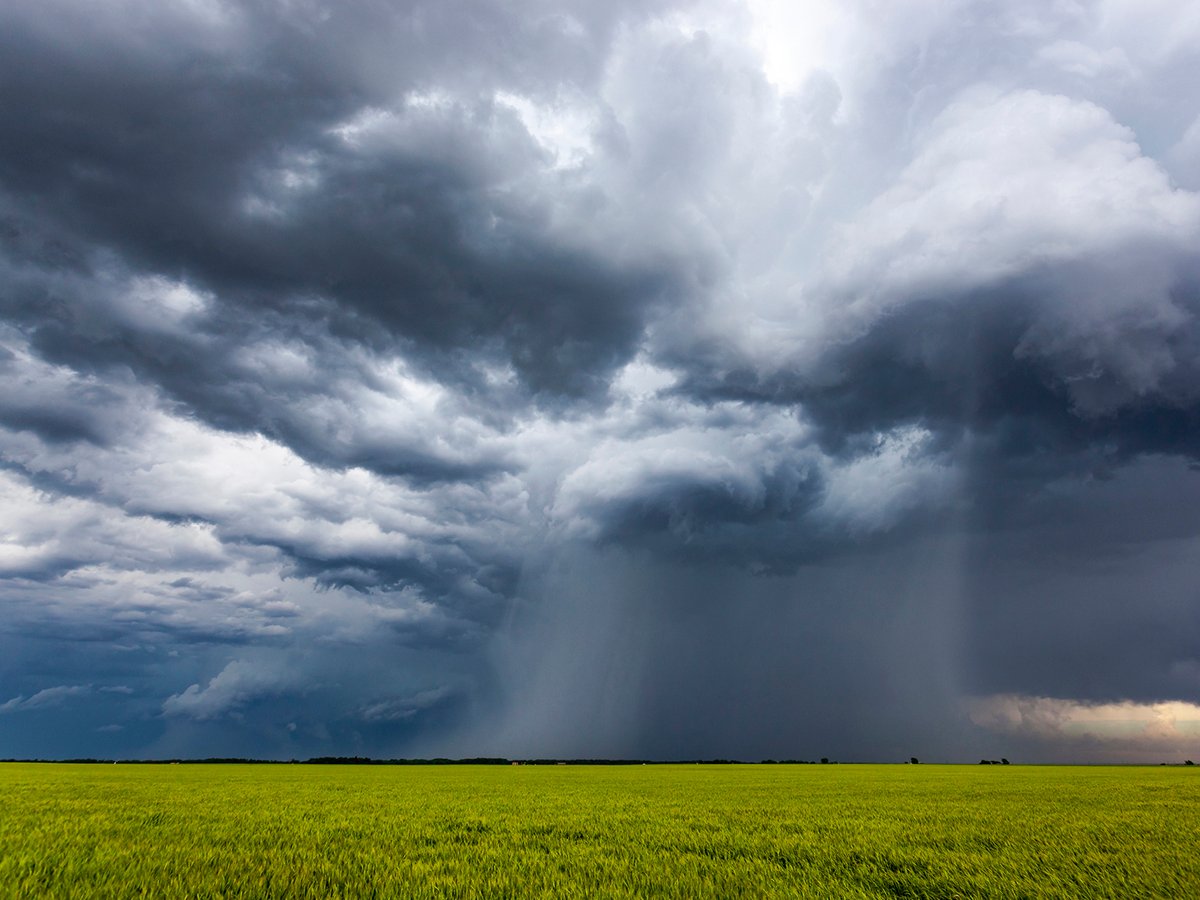RED DEER – There is no substitute for elbow grease applied with diligence when controlling diseases on a poultry farm.
“Ninety-nine percent of a successful clean-out is what you put into it; one percent is chemicals,” says veterinarian Scott Gillingham of the poultry breeding company Avigen Inc.
He told the Alberta Turkey Producers annual meeting in Red Deer on Feb. 27 that disease surveillance is just one tool for preventing problems such as salmonella in flocks. Farmers and their staff also need to take responsibility for biosecurity with clean food, water, air and proper sanitation in and outside the barns.
Read Also

Extreme rain increases as planet warms
In this issue, we are going to wrap up our look at extreme rainfall by examining the different weather patterns that tend to be associated with these rainfall events.
“Every pressure you put on salmonella, you are minimizing other diseases,” he said.
Biosecurity includes determining where parent stock was raised as well as the practices of hatcheries, growers, feed mills and slaughter plants.
Consumers must also take responsibility by ensuring they practise proper kitchen sanitation and cook food properly.
Practitioners such as Gillingham see a number of areas for diligence on farms.
Disease can stem from rodents, vehicles, feed mills, barns and people.
“If you have diarrhea, don’t go into the barns,” he said.
Wash hands frequently, he added.
Producers should build gates leading to the barns as a barrier because people won’t usually cross them.
Foot baths at doorways are good but should be changed regularly because diseases can grow in dirty water.
Staff and visitors should park vehicles away from barns and walk in to dilute the viruses.
Use equipment that stays on the farm and avoid sharing equipment between farms.
Control insects, rodents, birds and animals such as skunks and raccoons. Build rodent-proof barns and keep weeds clear from the perimeters of buildings. Dispose of dead animals to keep scavengers away.
Remember that insects carry viruses and bacteria. Birds eat the insects and continue spreading the microbes.
Keep dogs and cats out of the barns.
Water can be a major source of contamination. Find suitable sanitizer agents to purify water and have it tested regularly for bacteria in water lines, open bowl drinkers and nipples.
Clean and sanitize drinkers while the flock is in the barn and when they leave. Clean out water lines regularly to eliminate air blocks and the biofilm accumulating in them.
Train staff on proper procedures and record what was done. Practise self audits and join an on-farm food safety program.















